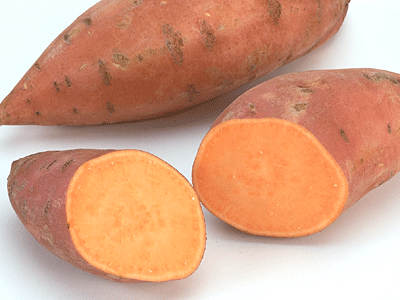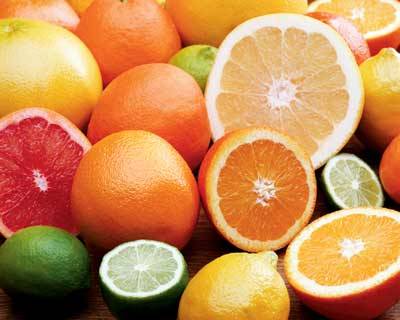
As lifestyle changes – specifically those geared toward making changes in your diet – will have an impact
People who changed their eating habits for the better following a heart attack tended to live longer than those who stuck to eating not-so-heart-healthy foods in a new U.S. study
Among some 4,000 men and women, those whose post-heart attack diets improved the most were 30 percent less likely to die from any cause and 40 percent less likely to die of heart disease, compared to those whose diets improved least.
“This study really suggests that lifestyle changes – specifically those geared toward making changes in your diet – will have an impact,” Dr. David J. Frid, a preventive cardiologist at the Cleveland Clinic in Ohio, told Reuters Health.
“I think it`s something we`ve assumed for a long time, but we had no compelling data to substantiate it,” Frid, who wasn`t involved in the new study, said.
Research into how diet improvements may be linked to improvements in health after a heart attack is limited, Dr. Shanshan Li at the Harvard School of Public Health in Boston and her colleagues write in JAMA Internal Medicine.
For the new analysis Li`s group used data from two long-term studies of male and female healthcare workers who reported major lifestyle and medical events every two years and filled out diet questionnaires about every four years.
The researchers included data on 2,258 women and 1,840 men who had no history of heart attack, stroke, cardiovascular disease or cancer when they began participating in the mid-1970s and mid-1980s. But they all later had heart attacks.
Based on the questionnaires, researchers assigned each person a diet-quality score that factored in several diet components, including how much red and processed meat, nuts, sugar-sweetened beverages, vegetables, fats, alcohol, whole grains and salt the person ate.
During the studies, there were 1,133 deaths from all causes. Of those, 558 were linked to cardiovascular disease.
Among the 20 percent of men and women with the greatest post-heart attack improvements in their diet quality score, 140 died. That compares to 247 deaths among the 20 percent of people with the least-improved diet quality.
“They found the benefit is around a 30 percent reduction in subsequent mortality and cardiac events. When you compare that to other interventions we do… that reduction is almost as good as what we see with statins (cholesterol-lowering drugs),” Frid said.
An overall high-quality diet score after a heart attack was tied to about 24 percent fewer deaths from any cause during the study, compared to those people with the lowest diet-quality scores.
Li, who did not reply to a request for comment, and her colleagues point out that their results are consistent with past findings about Mediterranean-style diets, which are high in olive oil, nuts, fish and fresh fruits and vegetables.
In an accompanying editorial, Drs. Ramon Estruch and Emilio Ros, of the August Pi i Sunyer Biomedical Research Institute in Barcelona, Spain, said the diet score used in the new study shares many aspects of the Mediterranean diet.
For example, good diets are considered those high in whole grains, fruits and vegetables and low in trans fats, meat and sugary drinks.
“The problem is it`s really difficult to change the dietary habits of the people,” Estruch said.
Fortunately, he added that little changes in diet can add up for people.
“Little changes in the dietary habits can lead to big changes in the health,” he said.














![seaweed [2] image seaweed [2]](http://visual.merriam-webster.com/images/food-kitchen/food/seaweed_2.jpg)
